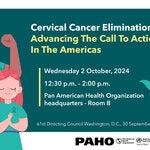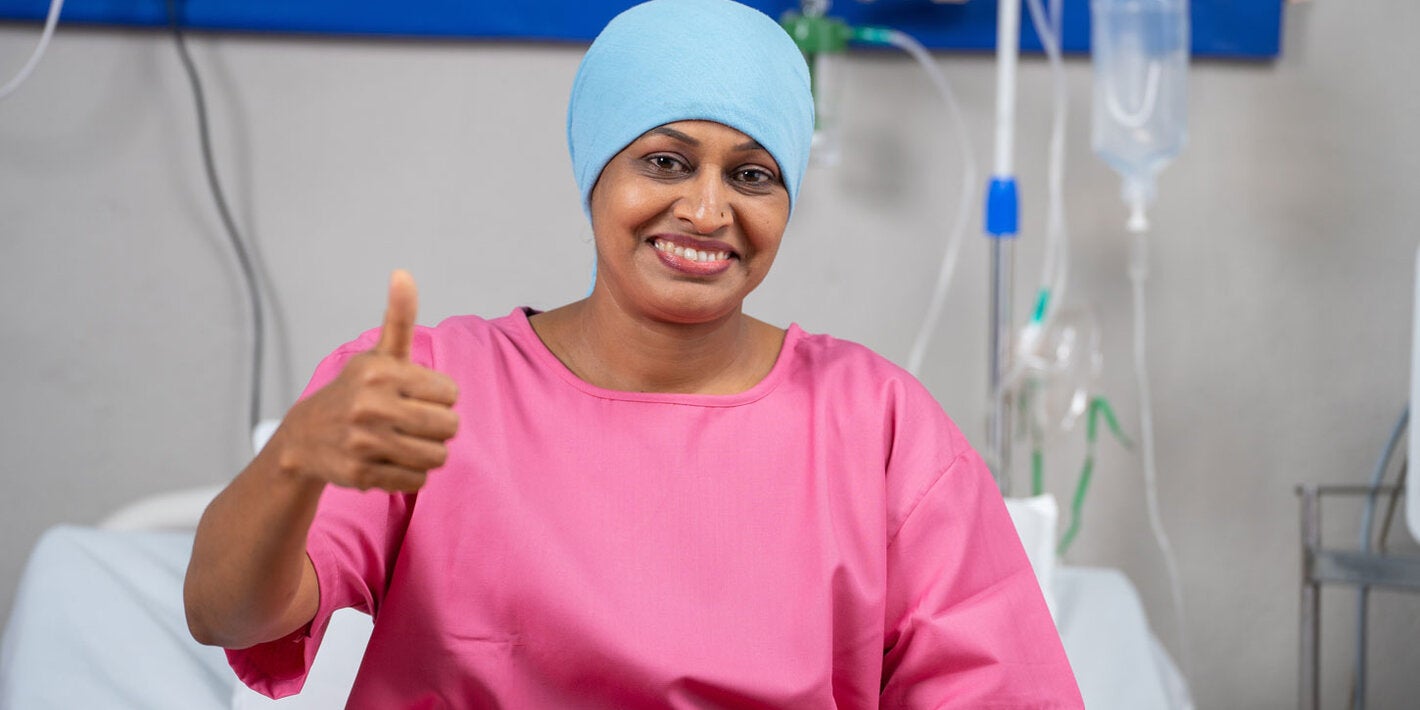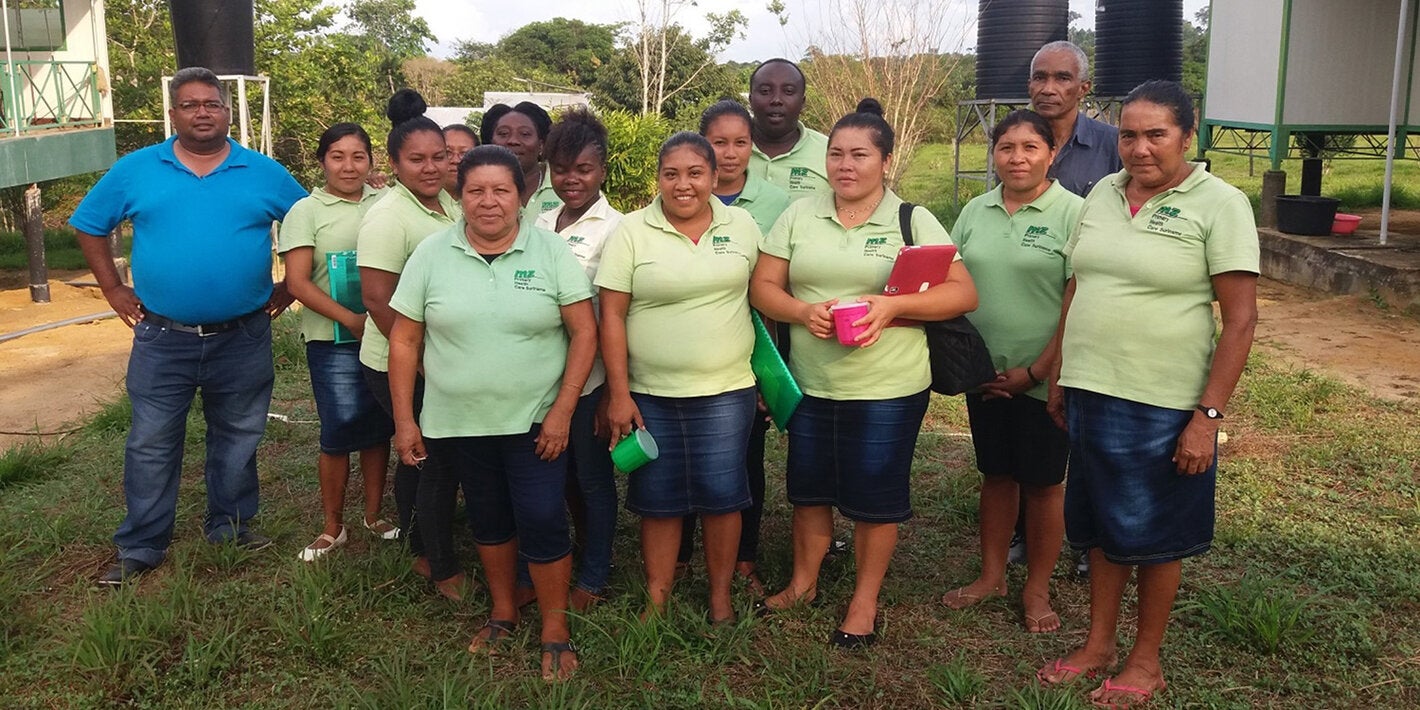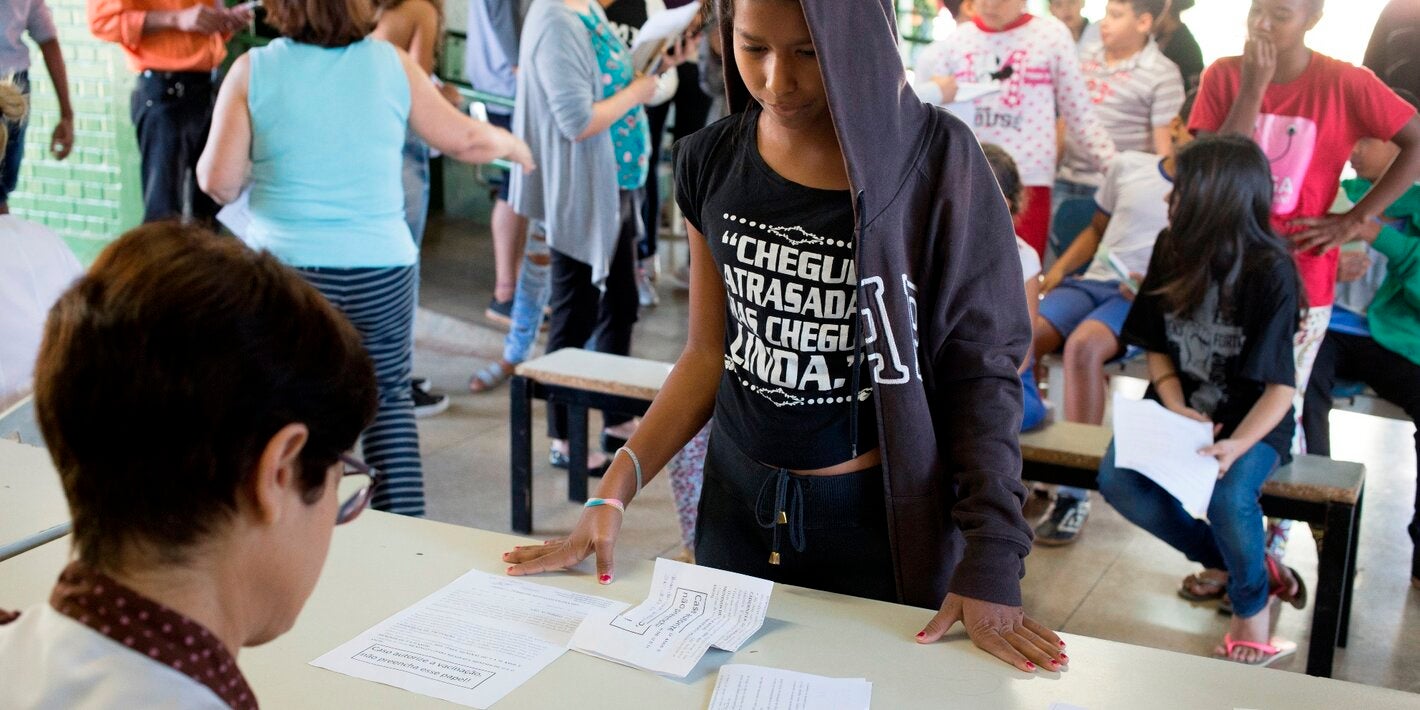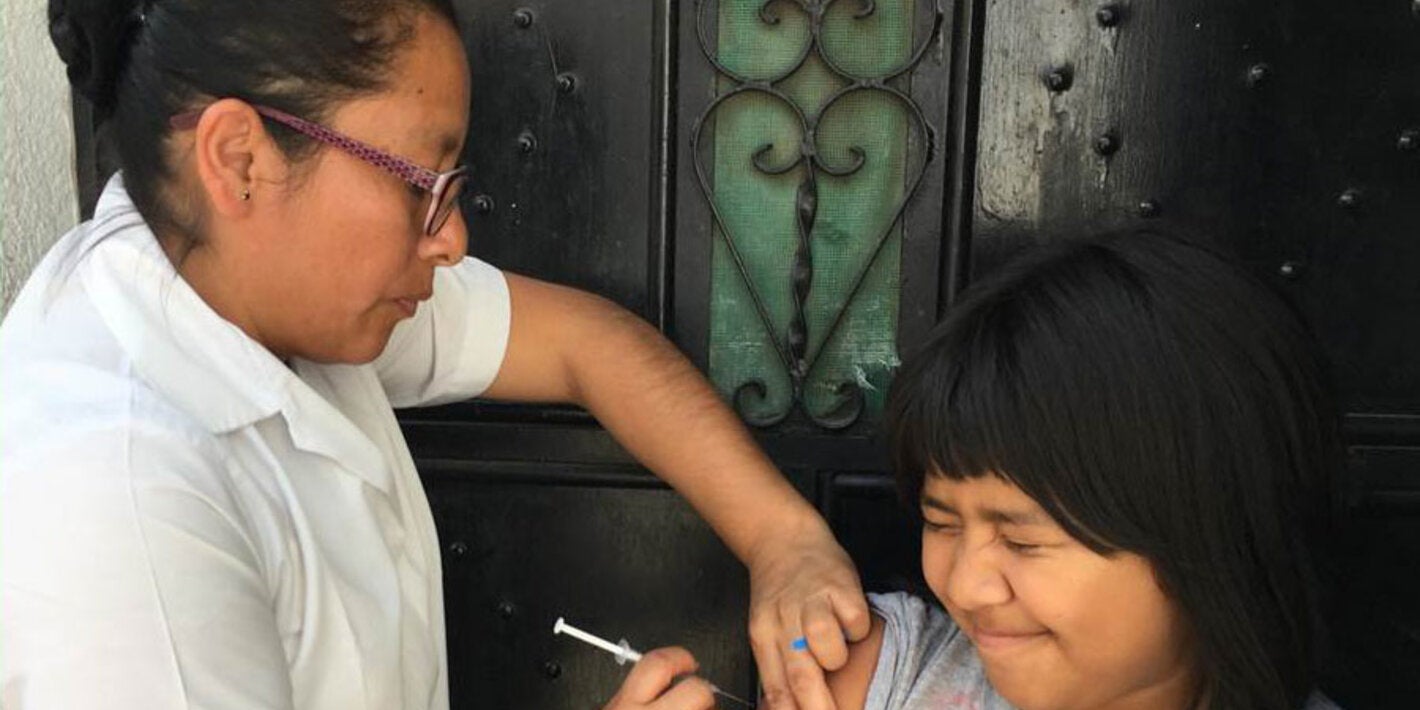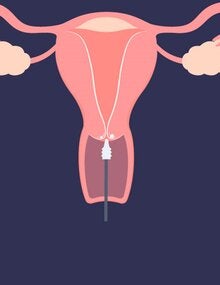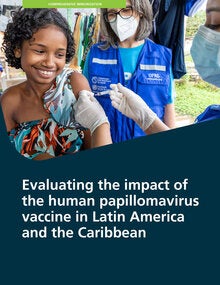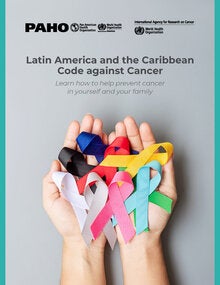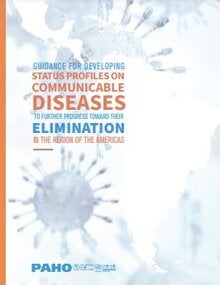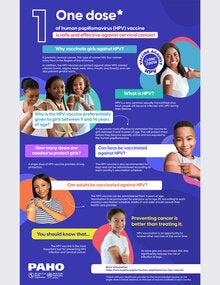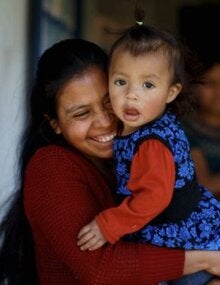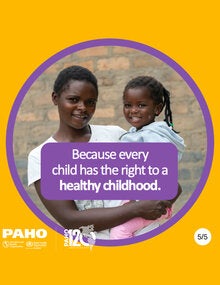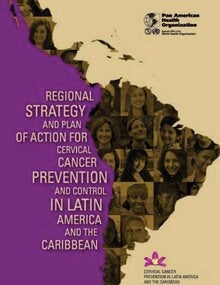The high disease burden of cervical cancer in the Americas represents a major public health problem that must be addressed through a comprehensive and interprogrammatic strategy (sexual and reproductive health, adolescent health, immunization and cervical cancer control). Cervical cancer is a disease with a long natural history and therefore offers multiple opportunities for intervention throughout a woman's life through effective primary and secondary prevention strategies together with adequate diagnostic and therapeutic management of cases, including access to palliative care.
- In 2022, more than 78,000 women were diagnosed with cervical cancer, and more than 40,000 died from the disease in the Region of the Americas.
- Mortality rates are 3 times higher in Latin America and the Caribbean than in North America, highlighting huge health inequalities.
- Vaccination against the human papillomavirus (HPV) in adolescent women can prevent about 70% of cases of cervical cancer.
- Screening, followed by treatment of identified precancerous lesions, is a cost-effective prevention strategy.
New Tools for Cervical Cancer Prevention and Control
Cervical cytology (Pap test) has historically been used for the early detection of cervical cancer. In many developing countries, including countries in Latin America and the Caribbean (LAC), the use of cytology has not been accompanied by a reduction in mortality comparable to that recorded in developed countries. The failure of screening programs in LAC is not only due to the limitations of cytology as a screening test but also to the organization of health services and different access and cultural barriers. In this context, the development and availability of new screening technologies, as well as HPV vaccines, offer unprecedented opportunities to achieve cervical cancer prevention and control.
Safe and effective prophylactic vaccines against oncogenic HPV types are available, allowing for the primary prevention of approximately 70% of cervical cancer cases caused by these HPV types.
Cervical cancer screening with high-throughput tests, such as the HPV DNA test, is recommended.
Screening using the HPV test is effective and feasible, especially when accompanied by treatment of precancerous lesions with thermal ablation or cryotherapy ("see and treat" Strategy).
A comprehensive public health strategy is needed to address cervical cancer control, which involves vaccination of adolescents (where affordable and sustainable), screening of women at risk for cervical cancer (women aged 35 years or older), and treatment of all women with precancerous lesions and invasive cancer.
The scientific evidence in favor of new technologies for the prevention of cervical cancer is clear and well-established. In addition, sufficient quality research studies carried out in Latin American countries support these results with data from the region. Furthermore, the implementation of these new technologies is feasible, as shown by the successful experiences of some countries. All of this indicates that the region is at a turning point where the right conditions are in place for the incorporation of changes in cervical cancer prevention and control programs that will allow for a positive impact on the burden of disease.
In 2018, the 56th Directing Council of the Pan American Health Organization (PAHO) approved the Action Plan for the Prevention and Control of Cervical Cancer 2018-2030 to prevent and control this disease. The main objective of this Plan is to help Member States develop comprehensive cervical cancer control programs. In 2020, the World Health Organization (WHO) launched a strategy to accelerate the elimination of cervical cancer as a public health problem, with specific targets for vaccination, screening, and treatment. To achieve this goal, the Strategy proposes three objectives for countries by 2030:
- 90% HPV vaccination coverage in girls (at 15 years of age);
- 70% screening coverage (70% of women undergo high-performance testing at ages 35 and 45 years);
- 90% treatment of precancerous lesions and management of 90% of invasive cancer cases.
The Pan American Health Organization is actively helping countries in the region improve the effectiveness of their cervical cancer prevention and control programs. This is done by creating national plans to eliminate cervical cancer based on the need to increase HPV vaccination coverage, support the implementation of HPV testing, and improve the availability of treatments for premalignant lesions and cancer. Likewise, PAHO is providing technical support to improve information systems in order to monitor and evaluate actions and progress toward eliminating cervical cancer as a public health problem.



